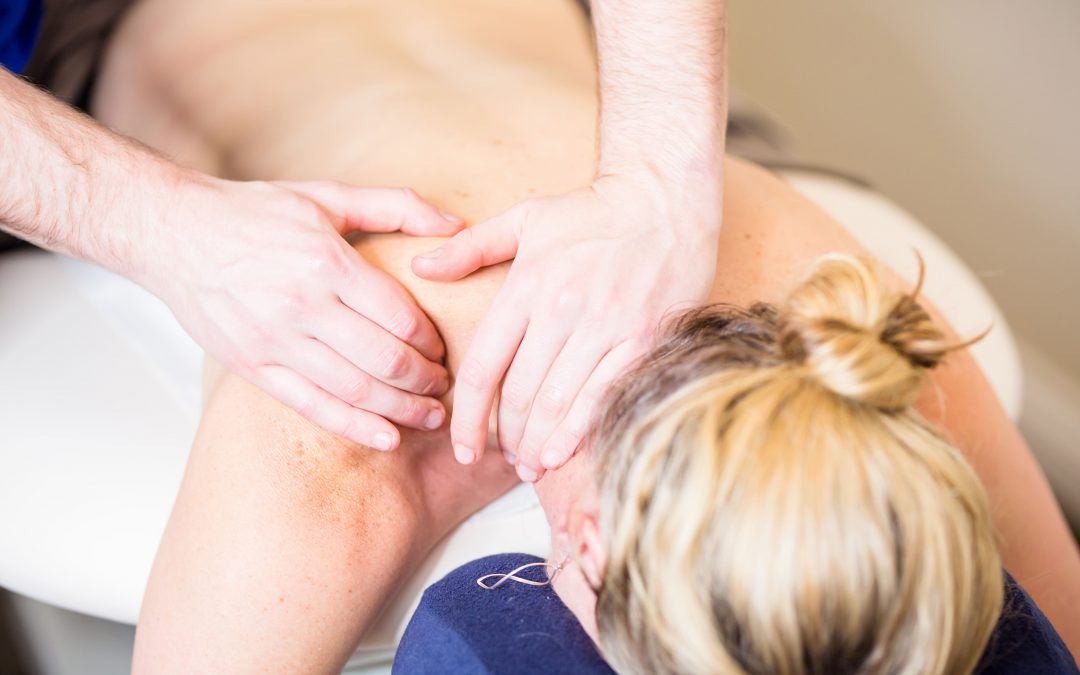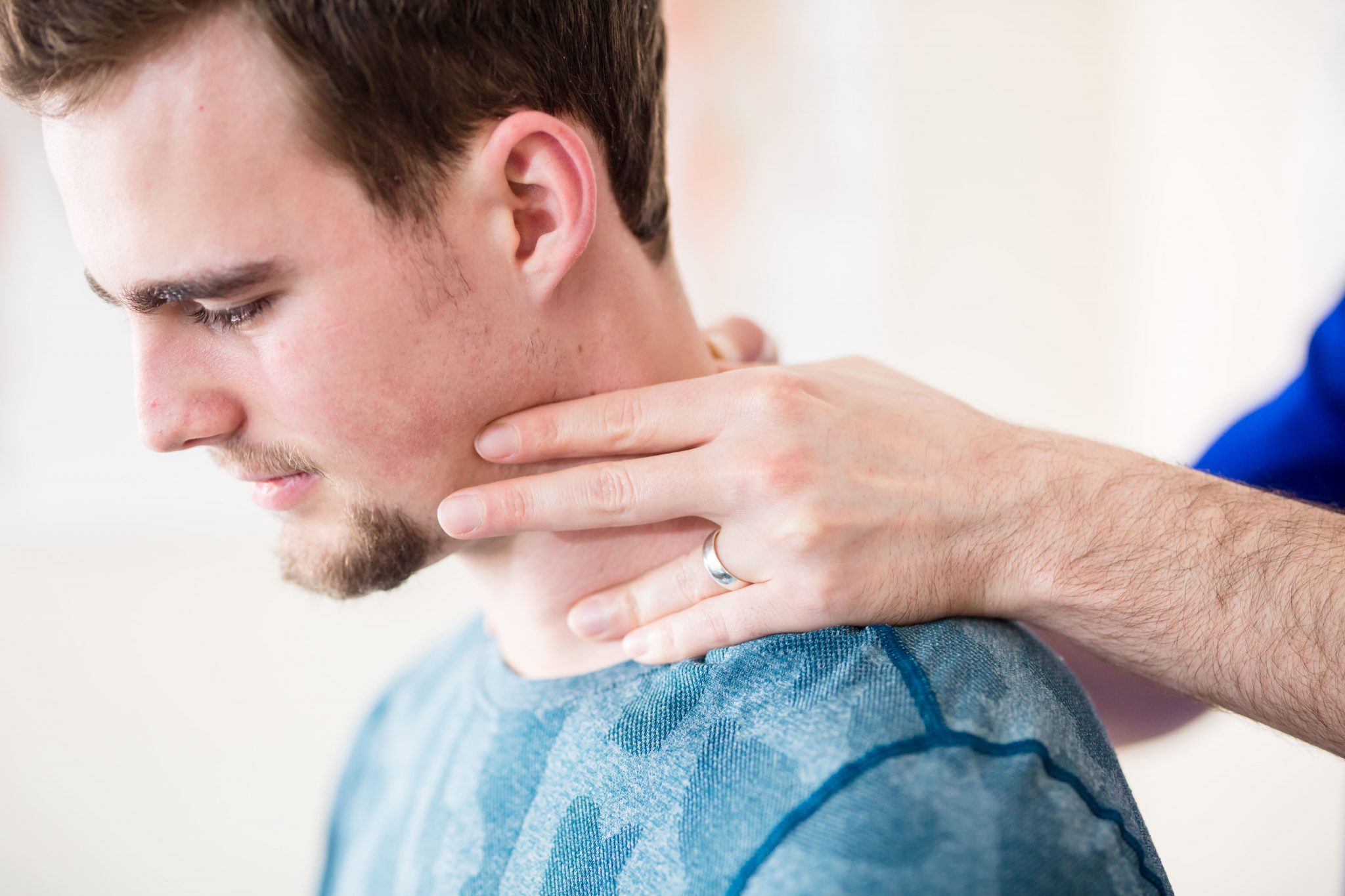Shoulder Pain Snapshot
WITH PHYSIOTHERAPIST SAM SOUTAKBAR
Hello! My name is Sam Soutakbar and following Elrina’s introduction in the last edition I am delighted to have this opportunity to introduce myself personally to you.
I see patients with many diverse conditions in clinic however one of the more “popular” issues is Shoulder Pain so I wanted to share some of my knowledge which I hope you will find both interesting and helpful.
What is the most common reason for shoulder pain?
Disorder of the rotator cuff muscles
What is the Rotator Cuff?
The shoulder joint is a ball and socket joint with four core muscles. These muscles are called the rotator cuff and are in charge of keeping the ball in the socket during shoulder activities.
How does disorder of the Rotator Cuff occur?
It is caused by excessive pressure on the tendons / muscles of the rotator cuff. This might be from an acute incident or from repetitive overuse due to a combination of household, recreational and occupational activities over a period of time.
Other factors such as genetics and age can also contribute to developing the condition by reducing tendon / muscle ability to sustain pressure.
What is the most common symptom?
Pain can present when you are undertaking upper limb activities or it may be experienced only with specific movements.
How common is it?
Extremely. It is the most common cause for shoulder pain accounting for around 70% of cases.
How long will it take to recover?
Most cases will recover within three months.
How about recurrence?
Rotator Cuff Disorder can reoccur and pain may persist for a prolonged time – in particular if it is not treated adequately. Up to half of those who present for care continue to have symptoms and function disturbance for up to two years.
What are the treatment options?
Conservative treatment is the first choice of treatment in most cases i.e.:
• Rest and advice
Pacing and modifying activity to off-load pressure from irritated tendons / muscles
• Physiotherapy
Research evidence supports a resistance strengthening exercise programme as the core treatment.
• Non-steroidal anti-inflammatory medications
Corticosteroid injection is another alternative choice of treatment available in primary / secondary care. The short benefit of injection has been supported with some research evidence, but there is still certain concern regarding the long-term potential harm and benefit of such injections – especially in young individuals.
If these treatments do not resolve the issue an operation may be suggested.
Please feel free to contact us if you have any further questions or to seek advice regarding your own shoulder pain.
Sam
References:
Sally Hopewell, etc. Clinical and cost-effectiveness of progressive exercise compared with best practice advice, with or without corticosteroid injection, for the treatment of rotator cuff disorders: protocol for a 2×2 factorial randomised controlled trial (the GRASP trial). BMJ Open 2017
Whittle S, Buchbinder R. In the clinic. Rotator cuff disease. Ann Intern Med 2015;162:Itc1–15.
Mitchell C, Adebajo A, Hay E, et al. Shoulder pain: diagnosis and management in primary care. BMJ 2005;331:1124–8.



